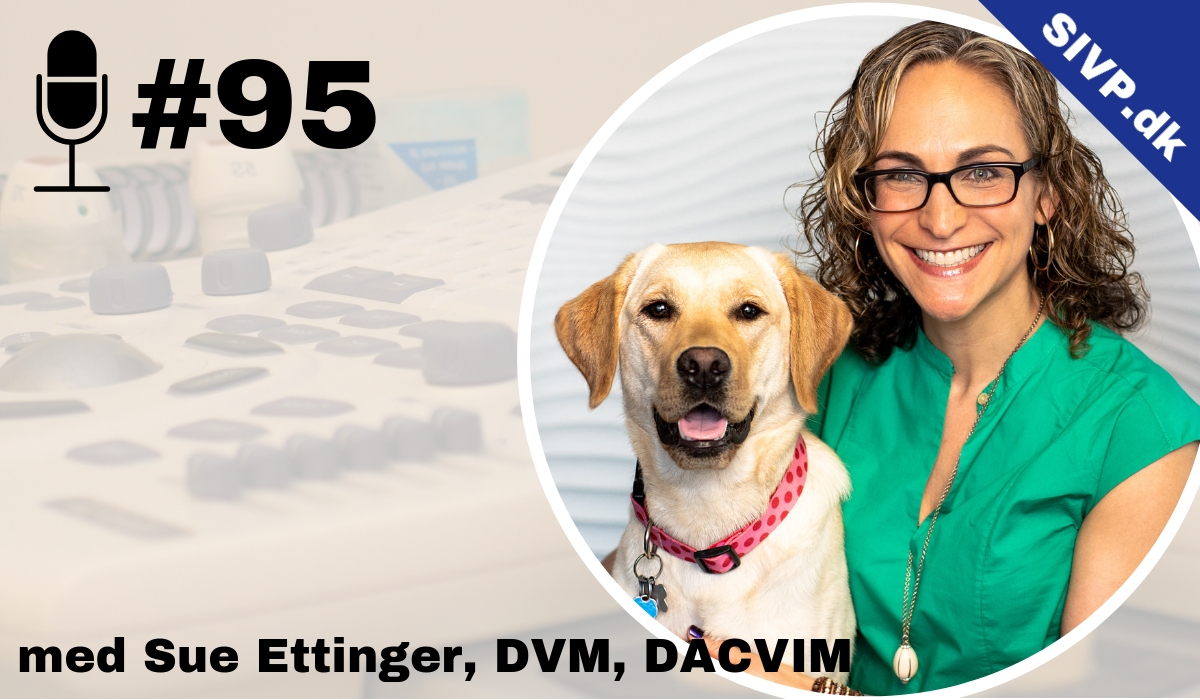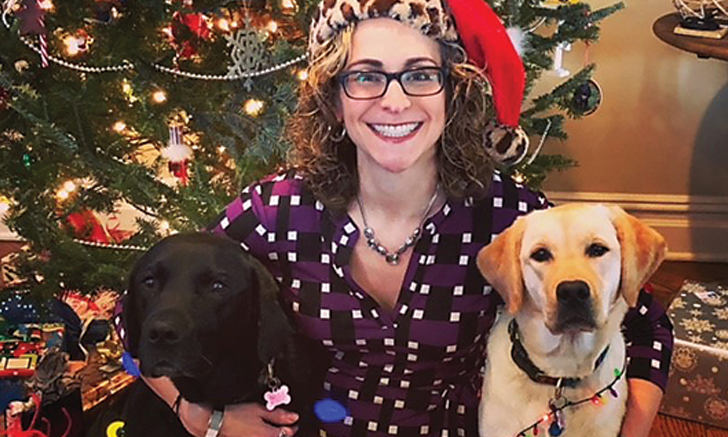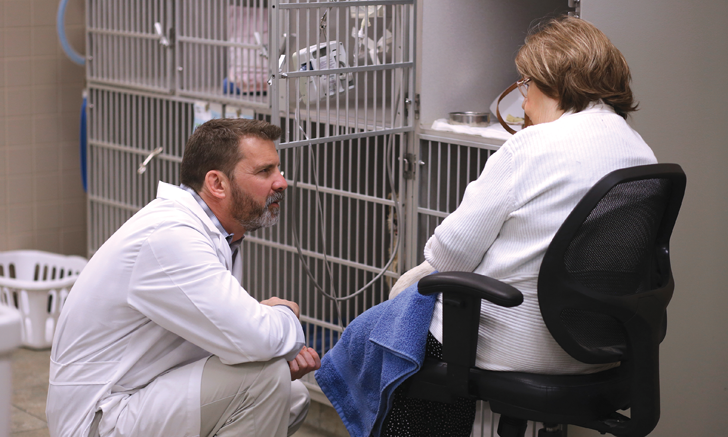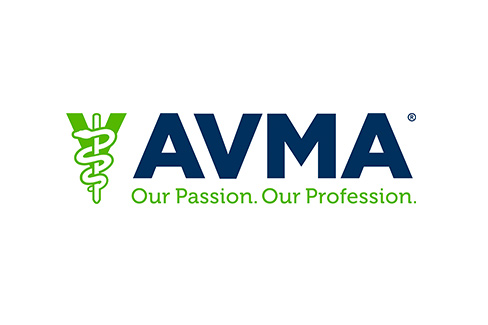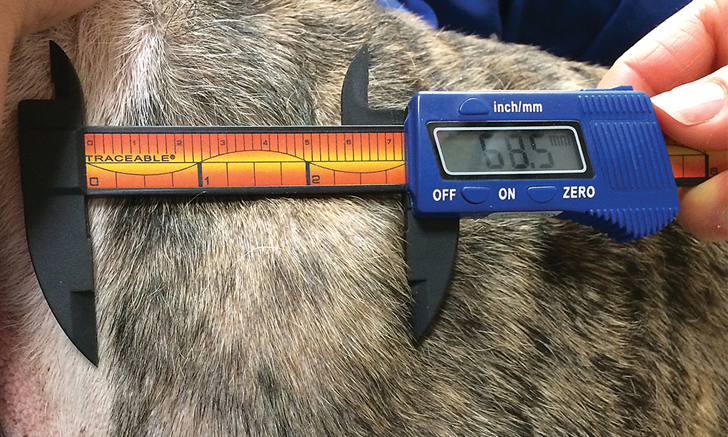Dr Sue is guest of on the podcast for Danish veterinarians Success in Veterinary Practice, hosted by Dr Søren Drimer Pejstrup. Here she discusses one of the tough to diagnose and tough to treat cancers, hemangiosarcoma in dogs. (Don’t worry the podcast is in English.)
News
Veterinary Team Brief| Sue Ettinger’s Daily Essentials
Sue Ettinger’s Daily Essentials
Sue Ettinger, DVM, DACVIM (Oncology), Tarrytown, New York
VeterinaryTeamBrief.com
Veterinary Team Brief| Cancer Talk: Tips for Breaking the Bad News
Cancer Talk: Tips for Breaking the Bad News
Sue Ettinger, DVM, DACVIM (Oncology), Tarrytown, New York
VeterinaryTeamBrief.com
NOVEMBER / DECEMBER 2017 | PEER REVIEWED
AVMA: Finding a future for osteosarcoma patients
Ana M. Cilursu, MD, lost three Rottweilers in a row to bone cancer.
The first dog, Hessa, had chondrosarcoma. She was not a candidate for surgery, and the tumor was quite aggressive.
The second and third dogs, Roddy and Maxine, had osteosarcoma. Both had amputations. Roddy started chemotherapy but developed lung metastases and a malignant pleural effusion several months into the treatment. Maxine did not have chemotherapy and developed spinal metastases three months after the amputation.
Veterinary Team Brief: Canine Multicentric Lymphoma
Lymphoma is a collection of cancers arising from the malignant transformation of lymphocytes. The common origin is lymphoreticular cells, even though lymphoma clinically is a diverse group of neoplasms. Lymphoma is one of the most common canine cancers, accounting for 7% to 24% of all canine tumors and 85% of hematopoietic tumors.1
The cause of lymphoma is largely unknown and multifactorial. Genetics can play a role, and chromosomal aberrations have been found.1 Dogs with previous immune-mediated thrombocytopenia have been associated with increased risk.2 Whether immunosuppressive medications can increase risk to dogs is unclear. Environmental causes have also been documented.1
Dogs of any age, gender, and breed can be affected with lymphoma, although affected dogs are typically middle-aged to older.1
Genetic predispositions have been noted in pedigrees of bull mastiffs, otter hounds, rottweilers, and Scottish terriers, pointing to a heritable risk.1 Several breeds, including golden retrievers, boxers, basset hounds, Saint Bernards, Scottish terriers, Airedales, Labrador retrievers, bulldogs, and poodles, are reported to be at increased risk.
American Veterinarian: Managing Skin Growths in Dogs and Cats
Cutaneous and subcutaneous masses are very common in companion animal practice, and some veterinarians have become accustomed to monitoring growths that are small or slow growing and postponing surgery until the mass becomes larger.

